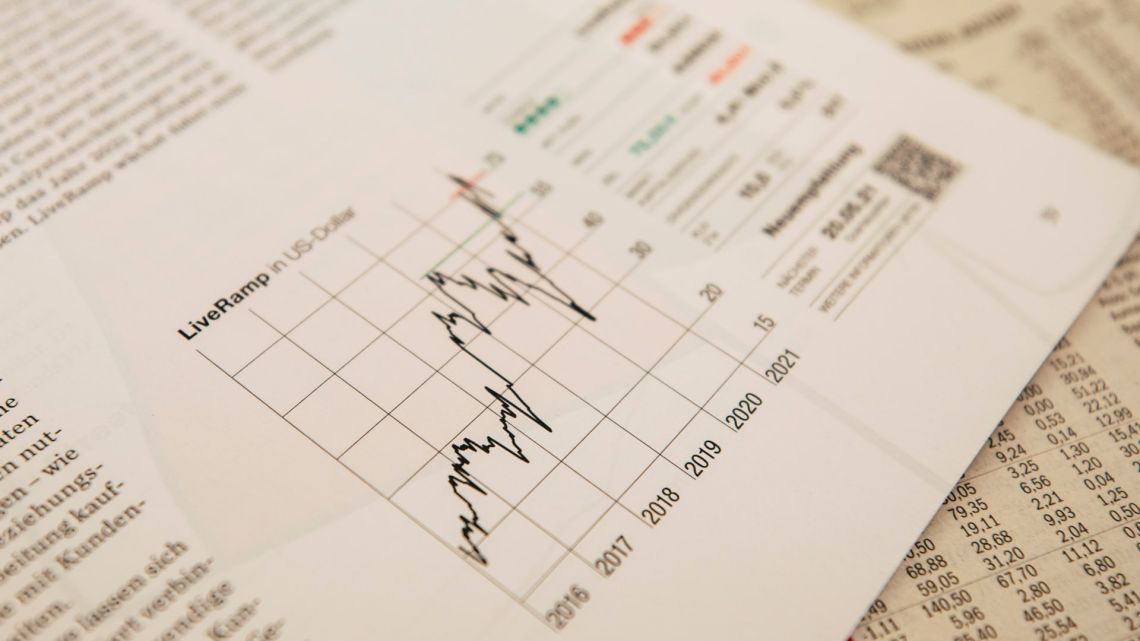
The typically stable Treasury market has experienced a surge in volatility, prompting investors to flock to bond funds in search of higher yields. Despite ongoing price declines, buyers have reason to be optimistic about future returns.
Historical data suggests that buyers are likely to enjoy strong returns in the coming years, surpassing the performance of bonds over the past decade. According to strategist Charlie Bilello, with yields at around 5%, investors can expect annualized total returns of 5.4% over the next seven years. This is the highest prospective return since 2007, making it a favorable time for bond investments.
The Treasury market has witnessed a slump in prices in 2023, on track for its third consecutive year of decline. Prior to this, returns were lackluster compared to stocks. Investors who purchased Treasury bonds when interest rates were near-zero have incurred significant losses, with some 30-year bonds down over 50%.
However, there is a silver lining for some investors. As Treasury yields have surged, the iShares 20+ Year Treasury Bond ETF (TLT), the most popular Treasury ETF, has seen an influx of money. Despite a 12.1% decline since the beginning of 2023, $19 billion has flowed into TLT this year, marking the highest inflow since its inception in 2002.
Bonds have taken a backseat since the financial crisis in 2008, with rock-bottom interest rates leading to a phenomenon known as "TINA" in Wall Street circles - shorthand for "There Is No Alternative" to stocks. However, the current state of the Treasury market presents an opportunity for bond investors to potentially outperform the stock market in the years ahead.
The Impacts of Interest Rates on Stocks and Bonds
The past decade has been a prosperous time for the stock market, with the S&P 500 experiencing a remarkable growth of over 190%. However, the situation for bonds has been less than favorable, with a decrease of more than 1%. Some experts even refer to this period as a "lost decade" for bonds.
The current outlook for stocks is not as optimistic as it has been in recent years. With interest rates at their highest levels in two decades, the potential benefits of owning stocks over bonds have significantly diminished. In fact, this benefit is now at its lowest level in 21 years, causing many to question if the risks associated with stocks are still worthwhile.
On the other hand, "bond math" suggests that investors may have more to gain by investing in bonds at these levels. Renowned economist David Rosenberg explains that if yields were to decline by 50 basis points, investors could see a total return of 8.5% on the 10-year Treasury note over the next 12 months. While an increase of 50 basis points would result in a gain of only 1%, the decline in price would be offset by substantial coupon payments.
Rosenberg reminds us that similar situations have occurred in the past. When yields were previously at these levels, the total return on the 10-year note was an impressive +11.5% over the following twelve months.
As of Wednesday, treasury yields were near their highest levels in 16 years. The yield on the 10-year Treasury climbed by 11.2 basis points to 4.952%, while the yield on the 30-year Treasury jumped by 12.7 basis points to 5.09%.
It's important to note that bond yields move inversely to prices.
In conclusion, while the past decade has been favorable for stocks, the current high interest rates suggest a less promising future. However, "bond math" indicates that bonds may offer investors significant gains at these levels. Only time will tell how the market will ultimately unfold.













Write Your Comment